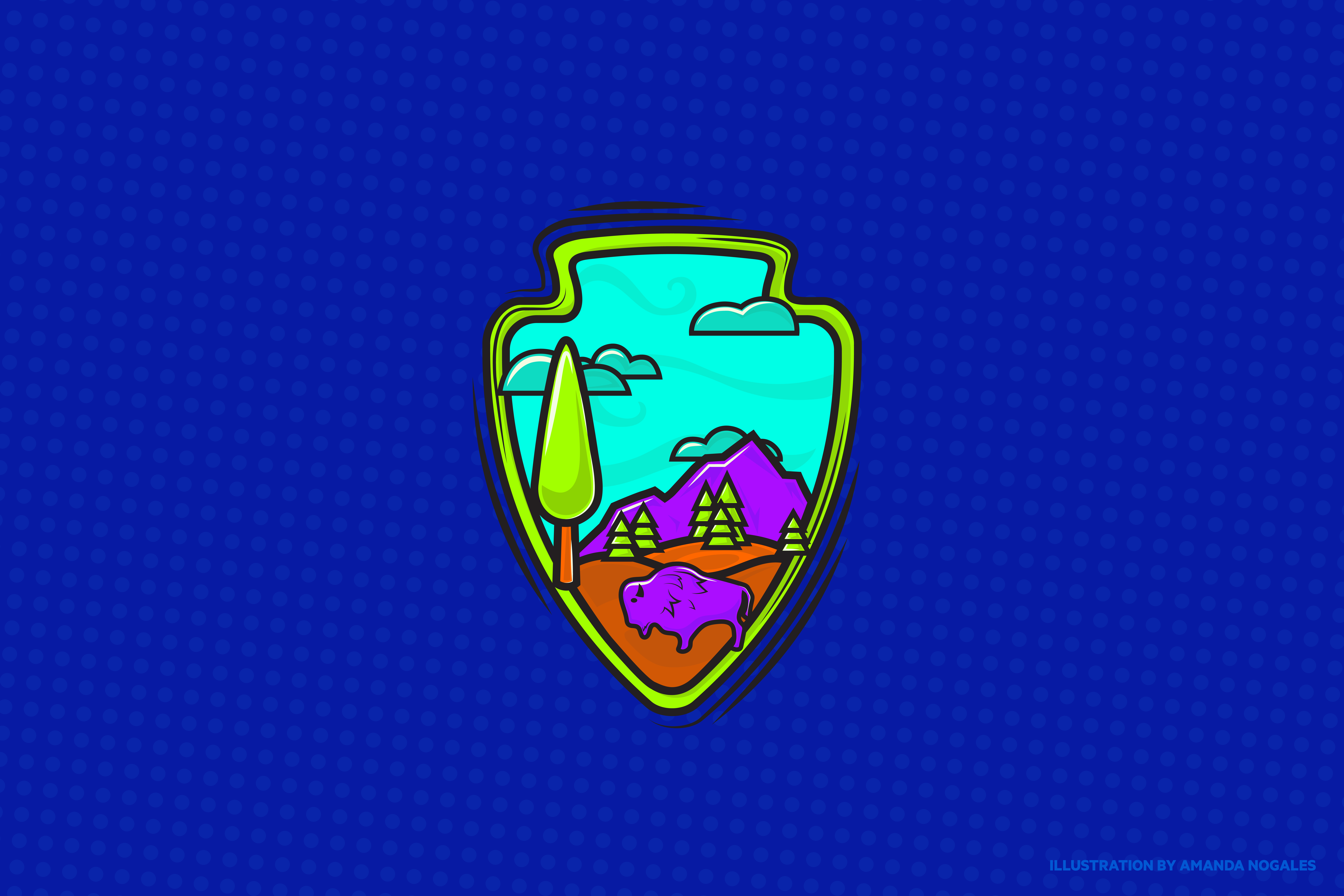
The data that drives the visitor economy

Though it’s only been operating for a little more than two years, Salt Lake City-based Zartico has moved quickly and found clients across the country. As a state that prioritizes the visitor economy, Utah is full of early adopters—the nonprofit regional promotion board Visit Salt Lake, for example, was an early partner of the tourism data software company.
The Salt Lake domestic marketing organization (DMO) signed on to license the program before the company’s first venture funding round was completed in 2021. In the two years since, Zartico has raised nearly $25 million in four funding rounds and has a long list of municipalities and states signing up for the platform.
Zartico’s core market is governmental tourism boards. The company states on its website that its platform is an operating system that “powers the understanding of how visitors and residents experience your destination and drive your visitor economy.”
The company’s strategy has been to fill a hyper-specific need in a field that is becoming more and more relevant to the United States economy. Zartico is making itself indispensable to local DMOs that want to build their marketing strategies by offering them a powerful look at the data surrounding visitor habits.
Tourism is big business
Tourism is a $190 billion industry in the U.S., according to data firm Statista. And despite a dip from the pandemic that interrupted long-term growth trends, 2019 levels remain considerably higher than tourism still in 2023, according to the U.S. Travel Association. The industry’s recovery has shown a steady increase in travelers in the past 18 months.
That 2019 peak in the industry helped make the U.S. a global leader in tourism. According to the Department of Commerce, 79.4 million international visitors came to the U.S. that year and contributed $239.4 billion to the U.S. economy.
In 2022, Zartico secured $20 million in funding with the intention of selling its product to state and local tourism offices to analyze movement and spending data and better promote tourism in their areas. Zartico uses maps to visualize data for users and make trends easily understandable. The platform also uses AI to predict future trends.
In order to achieve this, the company purchases analytics and data sets from companies like GoodData, an aggregator firm based in San Francisco. This data then powers an operating system that will allow tourism boards to explore geolocation, spending and event data.
"Tourism as an industry does more than bring visitors into coffee shops; it can transform communities for better or worse. Events like the Sundance Film Festival bring scores of outsiders every year. Moab, in recent years, has even been so flooded with visitors that locals find it inhospitable."
DMOs will pay tens of thousands of dollars to license the software. The small, rural town of Sanford in central North Carolina, for example, paid $25,000 to license the program in 2022. The city of Marfa, Texas, split the cost with nearby Alpine—each paying $10,000, according to the Big Bend Sentinel—to access the data. Earlier this year, the paper reported that Marfa has begun to combine Zartico’s insights with other programs like TheoryPraxis and AirDNA to glean insights specifically into its short-term rentals sector.
Other tourism boards that are listed as partners on the company’s site represent the entire states of Utah, North Carolina, Wyoming, Montana, Louisiana, Nevada and Kentucky, as well as the cities of Salt Lake, Austin, Myrtle Beach and Fort Worth. Those are among dozens more towns and cities across the country.
More recently, Zartico has launched an upgraded product that aims to provide even more reliable data. The Zartico Destination Operating System, which the company refers to as ZDOS, was designed in part by staff who had worked in the tourism industry. In early June, the company announced an upgrade to this system called “hotspot filtering,” which allows users to identify and get rid of imprecise data. It effectively cleans the dataset to show a more accurate picture of visitor counts.
“This represents one of the most dramatic improvements we’ve ever made to enhance the quality, reliability and accuracy of the geolocation data we provide our partners,” said Jay Kinghorn, Zartico’s co-founder and chief innovation officer, in a press release.
A required shift toward sustainability
Tourism as an industry does more than bring visitors into coffee shops; it can transform communities for better or worse. Events like the Sundance Film Festival bring scores of outsiders every year. Moab, in recent years, has even been so flooded with visitors that locals find it inhospitable.
“Supporting some 9.5 million American jobs through $1.9 trillion of economic activity, travel and tourism is an engine of prosperity and opportunity in communities across the country,” the Department of Commerce wrote in a 2022 report on the state of the industry. “Approximately 1 in every 20 jobs in the United States relies directly or indirectly on travel and tourism. These jobs can be found in industries such as accommodations, food services, arts, entertainment, recreation, attractions, transportation and education.”
The visitor economy has promised economic opportunity for decades amid a dramatic economic shift in U.S. migration to large and midsize cities during the 20th century. Meanwhile, manual labor and manufacturing dropped off in rural areas. According to a 2017 Department of Agriculture report, “Rural manufacturing is no longer the driver of job growth that it once was: 71 percent of U.S. counties experienced a decline in manufacturing employment between 2001 and 2015.”
What has shown signs of economic life in scenic parts of the U.S. is tourism. The much more recent race to “escape cities,” along with an uptick in “digital nomad” lifestyles and Airbnb-style housing, has meant tourism strategies are a crucial part of any municipality’s growth plan.
The USDA report goes on to say consumer service jobs like those in restaurants or health care “dwarf” industries like farming and manufacturing. National Parks are seen as part of an economic strategy in rural areas beyond the environmental benefits.
During these past decades of national growth, Utah’s tourism sector was skyrocketing alongside major upticks in technology, real estate, legal and banking fields. As business opportunities have grown, so have reasons for vacationers to come see the gorgeous landscapes. ![]()





